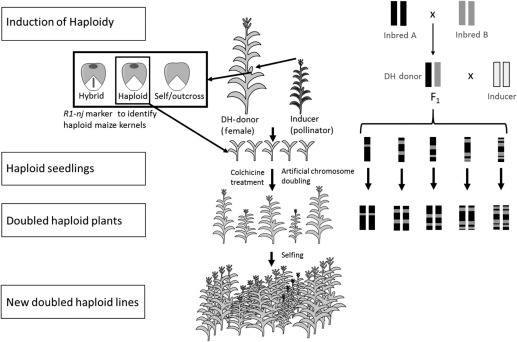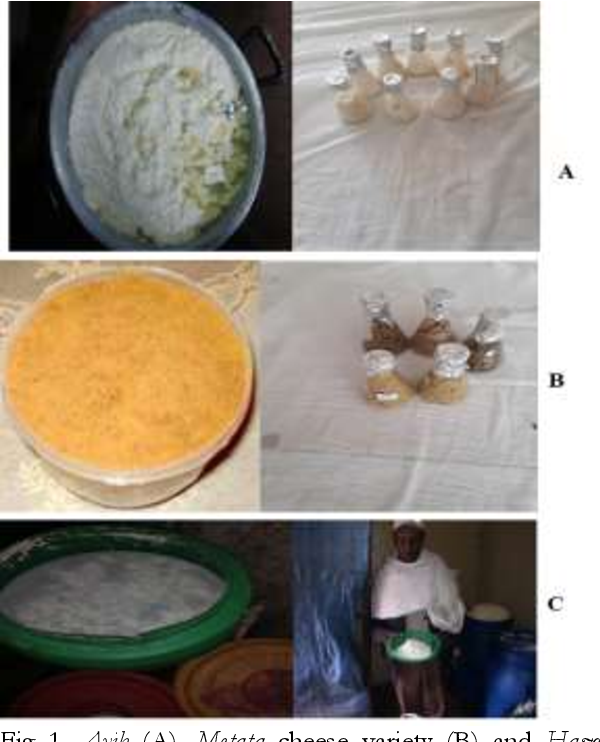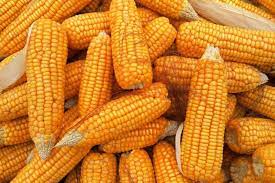Registration of a new Triticale Variety: ‘Kombolcha’
Additional Files
Background: Triticale (X-Triticosecale Wittmack) is a hybrid of wheat (Triticum sp.) and rye (Secale sp.) It combines yield potential and grain quality of wheat with the diseases and environmental tolerance including adaptability to marginal soils, diseases resistance and low-input requirements of rye. The crop has demonstrated high yield potential under marginal growing conditions and could a very attractive alternative for raising cereal production in the globe, involves Ethiopia.
Objective: To evaluate and release stable high yielding and disease resistant/tolerant Triticale variety for the western highland of Oromia and other similar agro-ecologies
Material and Methods: Twelve triticale genotypes including the standard check “Moti†were evaluated across two locations for three years (2015-2017). Eventually, two promising genotypes, “Acc 2012 MS #51 and Acc.2012 MS #59†were selected and promoted to variety verification trail with the standard check ‘’Moti†during the 2018/19 cropping season. The national variety release technical committee evaluated the two candidate varieties both at Gedo and Shambu on research stations and farmers’ fields.
Results: Among the two evaluated varieties, ‘Kombolcha’ is well adapted to altitudes ranging between 2244 and 2784 meters above sea level and characterized by amber seed color, longer panicle and gave high seed yield (6184.8 kg ha-1) and stable performance across years and locations. It has about 13% yield advantage over the standard check variety, “Motiâ€. The variety is also resistant to major diseases such as steam rust (Pucinia graminis f.sp. tritici), yellow rust (Puccinia striiformis f.sp. tritici) and Septoria tritici (Mycosphaerella graminicola).
Conclusions: “Kombolcha†(Acc. 2012 MS #51) is released for the highlands of western Oromia and similar agro-ecologies for its stable and high grain yield, and resistant to major diseases. Therefore, farmers in western highlands of Oromia and similar agro ecologies particularly those inhabiting marginal and acid prone areas can produce “Kombolcha†variety with its full management recommendation.
Copyright (c) 2020 Geleta Gerema, Kassa Mamo, Chemeda Birhanu, Megersa Debela, Kebede Dessalegn, Girma Chemeda, Megersa Kebede, Bodena Gudisa, Hailu Feyisa, Girma Mangistu, Dagnachew Lule, Gudeta Bedada

This work is licensed under a Creative Commons Attribution-NonCommercial-NoDerivatives 4.0 International License.
- I am authorized by my co-authors to enter into these arrangements.
- I warrant, on behalf of myself and my co-authors, that:
- the article is original, has not been formally published in any other peer-reviewed journal, is not under consideration by any other journal and does not infringe any existing copyright or any other third party rights;
- I am/we are the sole author(s) of the article and have full authority to enter into this agreement and in granting rights to Springer are not in breach of any other obligation;
- the article contains nothing that is unlawful, libellous, or which would, if published, constitute a breach of contract or of confidence or of commitment given to secrecy;
- I/we have taken due care to ensure the integrity of the article. To my/our - and currently accepted scientific - knowledge all statements contained in it purporting to be facts are true and any formula or instruction contained in the article will not, if followed accurately, cause any injury, illness or damage to the user.
- I, and all co-authors, agree that the article, if editorially accepted for publication, shall be licensed under the Creative Commons Attribution License 4.0. If the law requires that the article be published in the public domain, I/we will notify Springer at the time of submission, and in such cases the article shall be released under the Creative Commons 1.0 Public Domain Dedication waiver. For the avoidance of doubt it is stated that sections 1 and 2 of this license agreement shall apply and prevail regardless of whether the article is published under Creative Commons Attribution License 4.0 or the Creative Commons 1.0 Public Domain Dedication waiver.
- I, and all co-authors, agree that, if the article is editorially accepted for publication in Haramaya Journals, data included in the article shall be made available under the Creative Commons 1.0 Public Domain Dedication waiver, unless otherwise stated. For the avoidance of doubt it is stated that sections 1, 2, and 3 of this license agreement shall apply and prevail.












